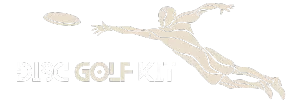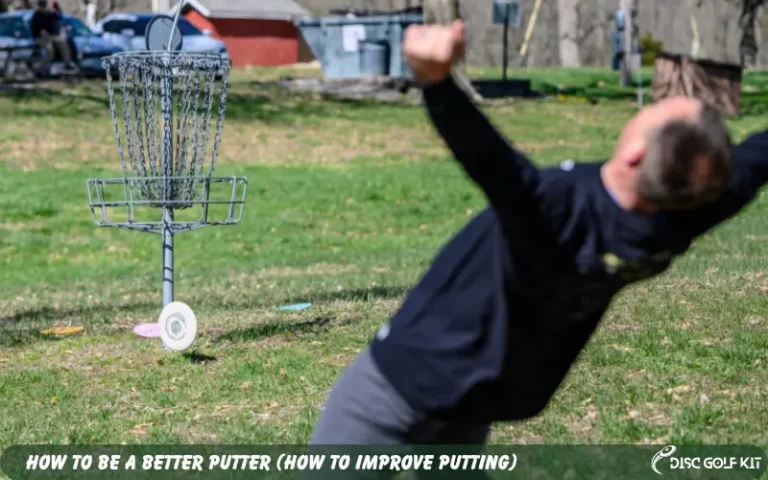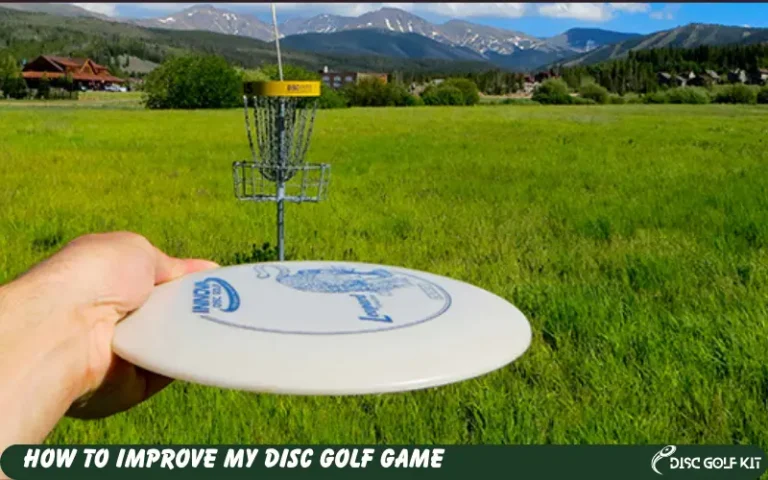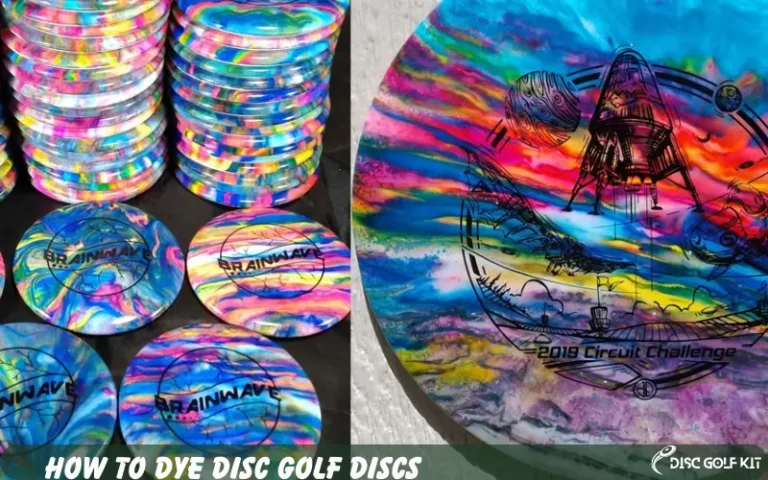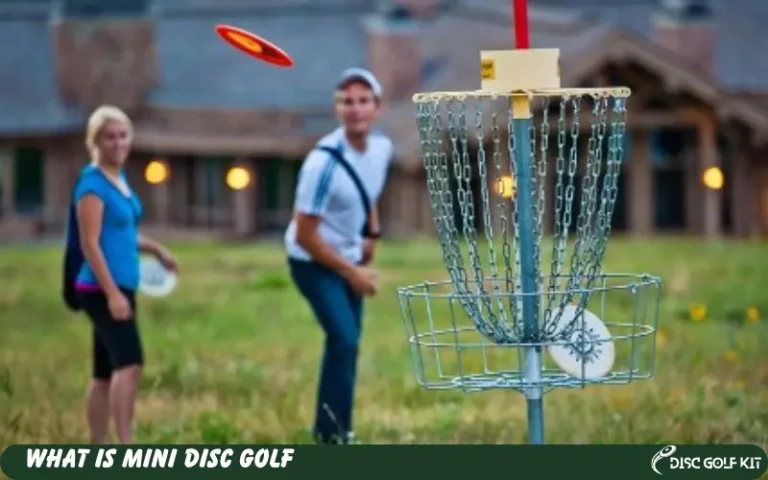
Disc golf is a fun and accessible outdoor sport that combines elements of golf and frisbee. How To Play Disc Golf, start by standing at the designated tee pad and throw your disc towards the target basket, aiming to complete the course in the fewest throws possible. Each throw counts as a stroke, and the player with the lowest total strokes at the end of the course wins. Remember to respect the rules and etiquette of the game, which include waiting your turn and maintaining the course’s integrity. Enjoy the challenge and camaraderie of this fantastic outdoor activity!
This article is designed as a comprehensive guide to disc golf terms, geared towards helping you understand the ins and outs of the game. From essential terminology for newcomers to advanced jargon for seasoned players, we aim to cover it all. By understanding these terms, you’ll not only improve your ability to communicate within the disc golf community but also develop strategies that could help you reduce your stroke count and become a better player.
The Basics: What is Disc Golf?
Disc golf is a sport that’s often described as a blend of traditional golf and frisbee. Instead of swinging a club to hit a golf ball towards a hole, you’re throwing a specialized disc toward a metal basket. The game is played on a course designed much like a golf course, complete with varying terrains, obstacles like trees and water hazards, and a series of holes to complete. Each hole starts with a tee-off area and ends with a target, usually a metal basket into which you aim to throw your disc. The objective is the same as in traditional golf: to complete the course in as few throws as possible.
While the core objective shares similarities with traditional golf, disc golf brings its own unique set of challenges and skills. Throwing a disc accurately over a distance requires a different skill set than swinging a golf club, making disc golf a distinct sport in its own right.
Importance of Understanding Disc Golf Terms
Understanding the language of disc golf is crucial, regardless of your skill level. For beginners, familiarizing yourself with basic terms like “hole,” “tee,” and “putt” is the first step towards getting into the game and playing it correctly. For more experienced players or enthusiasts, knowing advanced terms and jargon can help you discuss strategies, follow the sport at a professional level, and even improve your own gameplay. Whether you’re watching YouTube tutorials, reading buying guides, or playing a competitive round with friends, a good grasp of disc golf terminology will enhance your overall experience.
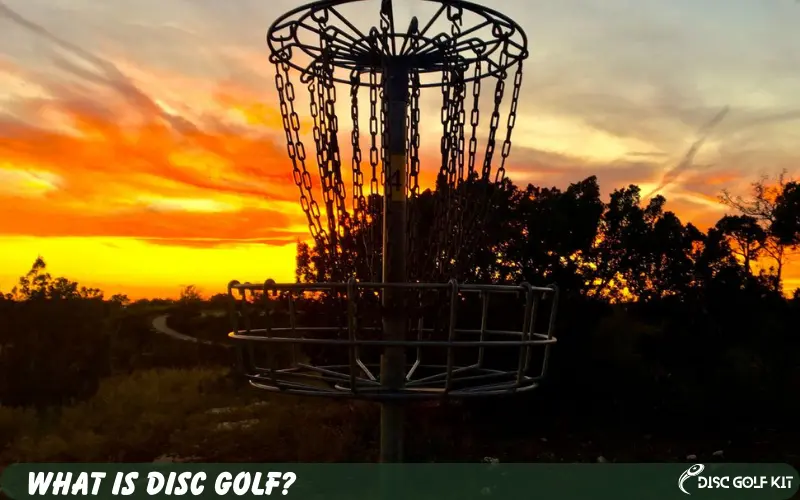
Essential Disc Golf Terms for Beginners
Understanding the fundamental terms of disc golf is the first stepping stone towards mastering the game. Let’s break down some of the essential terms that every beginner should know:
How These Are Integral to the Game
Knowing these terms is not just about learning the lingo; it’s about understanding the core elements of the game. The hole, tee, and basket define the layout and objectives of each round. A good drive sets the tone for each hole, dictating your strategy for subsequent throws. Meanwhile, mastering the art of the putt can be the difference between winning and losing a closely contested game. By understanding these basic terms, you lay the foundation for a more enjoyable and competitive disc golf experience.
Intermediate Disc Golf Terminology
Once you’ve mastered the basics, you’ll likely want to dig deeper to fully understand the strategies and techniques that can enhance your game. Here are some intermediate-level terms that are key to becoming a more proficient disc golfer:
Advanced Disc Golf Jargon
For players who have moved beyond the intermediate level and are aiming to compete or simply master the sport, there are a few more terms to understand. These terms are often used to describe performance on individual holes and can be crucial when analyzing your game or discussing strategies with other advanced players:
How to Play Disc Golf in Terms of Rules and Scoring
Playing disc golf involves a set of rules and scoring mechanisms that are simple to understand but crucial for fair play and competition. A standard disc golf course typically consists of 9 or 18 holes, each with a designated “par,” which is the number of throws considered standard for completing the hole. The game starts at the tee area, and players take turns throwing their discs towards the target basket. After each throw, the next shot is taken from where the disc landed.
Scoring in disc golf is similar to traditional golf. Your score for each hole is the total number of throws you took to get your disc into the basket. Your overall score for the course is the sum of your scores for each hole. Negative scores (like birdies, eagles, and albatrosses) are better, as the goal is to complete the course in the fewest throws possible.
Understanding These Terms Impacts Gameplay
Knowing the rules and understanding the terms related to scoring are vital for anyone looking to know how to play disc golf, whether recreationally or competitively. When you understand what an eagle or a birdie is, you can set specific goals for each hole, which can significantly influence your strategy. This could mean taking a riskier but more direct route to the basket to aim for an eagle, or playing it safe to ensure a birdie or par.
Also, understanding the scoring terms helps in analyzing your performance. For example, if you find that you’re consistently scoring bogeys on particular types of holes, it might indicate a specific area where you need to improve. Additionally, understanding scoring terminology makes it easier to follow the nuances of the game when watching professionals play, thereby giving you greater insight into advanced strategies and techniques.
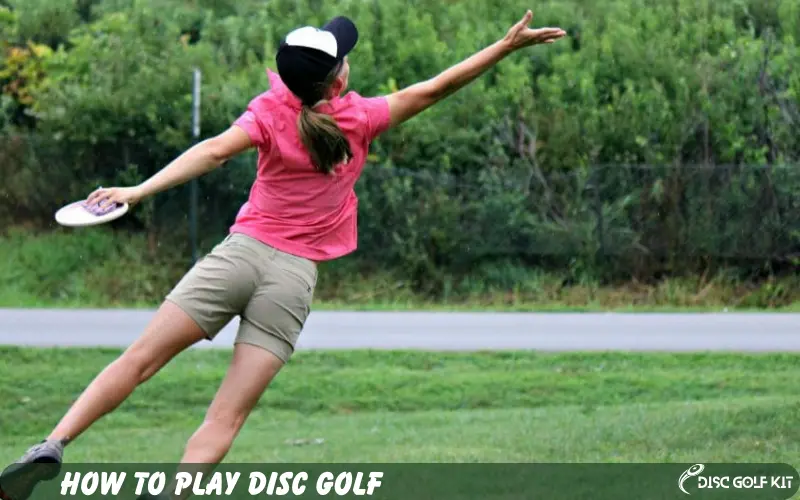
Disc Golf Gear and Equipment Terms
In disc golf, not all discs are created equal. There are three main types of discs that players use, each with its specific purpose:
Importance of Choosing the Right Gear
Selecting the appropriate gear is crucial for enhancing your game and making the most out of each round. For beginners, starting with a set of basic putters and mid-range discs can help in understanding the fundamentals of throwing techniques. As you advance, specialized drivers and discs with specific flight characteristics can be added to your arsenal.
Your choice of gear also depends on your unique style of play. Some players prefer a game built on accuracy and finesse, often opting for discs that offer greater control. Others focus on power and distance, choosing discs that can travel long distances but may be harder to control. Understanding the types of discs and their intended purposes helps you tailor your equipment to your strengths and weaknesses, thereby giving you a competitive edge.
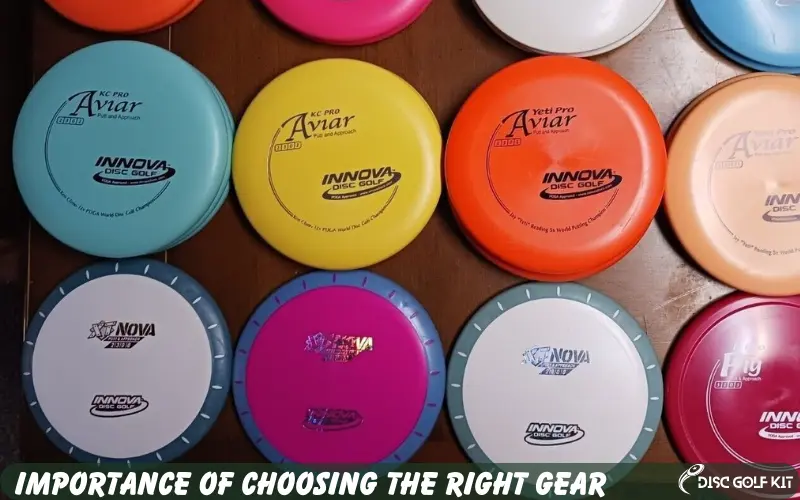
Common Phrases and Slang in the Disc Golf Community
The disc golf community is vibrant and full of jargon that adds flavor to the game. Here are some common phrases and slang you might encounter:
Fun Phrases You Might Hear While Playing
Understanding these phrases and slang can enrich your experience on the course and make you feel more integrated into the community. Plus, they’re just fun to say and add a light-hearted element to the game.
Practical Tips for New Players
Using disc golf terms is not just about sounding knowledgeable; it’s about applying them to improve your gameplay. Here’s how you can practically use some of the terms in your next outing:
Basic Tips for Beginners
For those who are new to disc golf, here are some fundamental tips that go hand-in-hand with the terminology you’ve learned:
Understanding the terms and incorporating these basic tips into your gameplay will not only make you a better player but will also enhance your overall disc golf experience.
Conclusion
Understanding disc golf terms and lingo is about much more than just fitting in or sounding cool on the course. It’s an essential step toward enhancing your gameplay, improving communication with other players, and even honing your strategic skills. From the basics like “hole,” “tee,” and “basket,” to intermediate and advanced terminology like “anhyzer,” “hyzer,” “eagle,” and “albatross,” each term has its place and purpose. They can influence your choice of gear, your approach to each hole, and your overall strategy.
By getting familiar with the lexicon, you’re not only becoming part of the disc golf community; you’re also setting yourself up for success whether you’re a casual player or aspiring professional. So, the next time you’re on the course, grip that driver, aim for an eagle, and may your disc always find the chains!
If you’re looking to improve your disc golf skills and truly understand how to play disc golf, make these terms a part of your regular vocabulary. Don’t just skim through—immerse yourself in the game’s language to enjoy it to the fullest and elevate your game to the next level.
Frequently Asked Questions (FAQs) about How to Play Disc Golf

Written by
Declan Hodgson
Meet Declan Hodgson, your disc golf sherpa at DiscGolfKit.com. Navigating the twists and turns of the sport, I’m here to guide you through the world of discs, gear, and the pursuit of that perfect throw.
